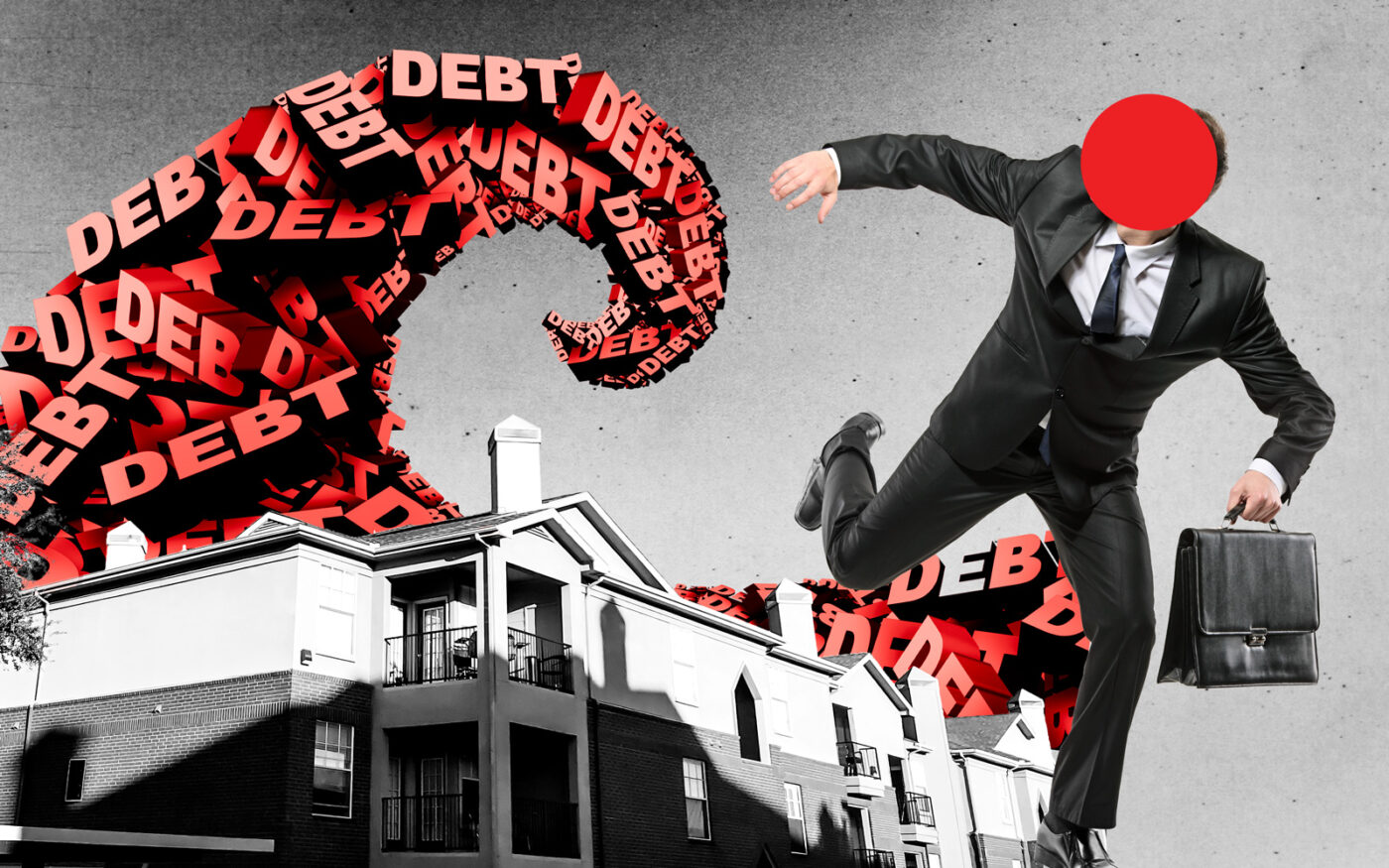 Tides Equities flew too close to the sun. It wasn’t alone
Tides Equities flew too close to the sun. It wasn’t alone
Austin multifamily investors’ greatest fear in two charts
Supply boom meets slowed rent growth in investors’ favorite city

In the cheap money boom times of 2021 and early ’22, Sun Belt multifamily was the hottest commercial investment.
Renters flocked south from the coasts, and it wasn’t uncommon for rents to grow by double-digit percentages in a year. Low interest rates fueled much of the mania, and good times were in the forecast: All 18 members of the Federal Reserve signaled to markets that they expected rates to stay below 2.5 percent by the end of 2023.
No such luck.
At first, rising rates turned marginal buyers into renters. But homebuilders quickly lowered prices and offered incentives like rate buydowns, and buyers appear to be accepting more expensive mortgages.
In the Sun Belt cities where investors and developers placed their biggest bets on multifamily, homebuilders see opportunity.
The first problem for multifamily investors: supply. Austin has the third-largest multifamily pipeline in the country, with 42,600 units under construction, according to Matthews Real Estate Investment Services. The city’s developers delivered another 12,300 apartments last year.
Intense construction is nothing new in Austin — for nine of the past ten years, the city has permitted the most new homes per 1,000 residents in the country. But Census data compiled by Apartment List shows that activity in recent years was of a different order: In 2021, Austin permitted 11.2 apartments and 10.4 single family homes per 1,000 residents. Prior to the pandemic, the city hadn’t permitted more than 6.3 apartments for that many residents.
As Austin outdid itself, it ran far ahead of the competition. Nashville, the next-busiest builder, only allowed 7.2 apartments and 8.6 homes per 1,000 residents.
Bruce McClenny, who leads ApartmentData.com and has tracked Austin rental data since 2003, called the number of apartments under development in the city “by far the most ever,” in an interview with radio station KUT.
That massive jump in supply leaves renters with more options, causing problems in particular for owners of older apartments that have to compete with the newer stock. After years of double digit increases, rents growth has slowed
After spending billions of dollars to buy up Class B, value-add apartments in the region, multifamily syndicators face a wall of floating-rate debt coming due.
In the second quarter, the homebuilding giant Lennar saw new home orders grow by 26 percent, recovering almost all its losses of the previous year. (Price reductions no doubt played a role in this, as prices were down about 10 percent year over year.) Lennar competitor D.R. Horton saw its gross profit from home sales reach $1.6 billion in the second quarter, up $100 million from two years ago but down $500 million from last year.
“There is general downward pressure on rents as many markets have become somewhat overbuilt, and there is additional inventory being completed and coming online,” said Stuart Miller, co-CEO of homebuilding giant Lennar, in the firm’s June earnings call.
Average rent in Austin peaked in August 2022 at $1,757, according to a survey of landlords by ApartmentData.com. Since then, rents have fallen to around $1,680.
That’s not to say rents are low in the capital city — three years ago, average rent was just $1,317, nearly 30 percent lower than now. But if that line keeps trending downward, it’s a troubling sign for landlords, particularly for investors who relied on fast-growing rents to make debt payments.
Read more
 Tides Equities flew too close to the sun. It wasn’t alone
Tides Equities flew too close to the sun. It wasn’t alone
 Facing cash crunch, Tides may call investors for more money
Facing cash crunch, Tides may call investors for more money
 Investors love the Sun Belt multifamily market
Investors love the Sun Belt multifamily market




